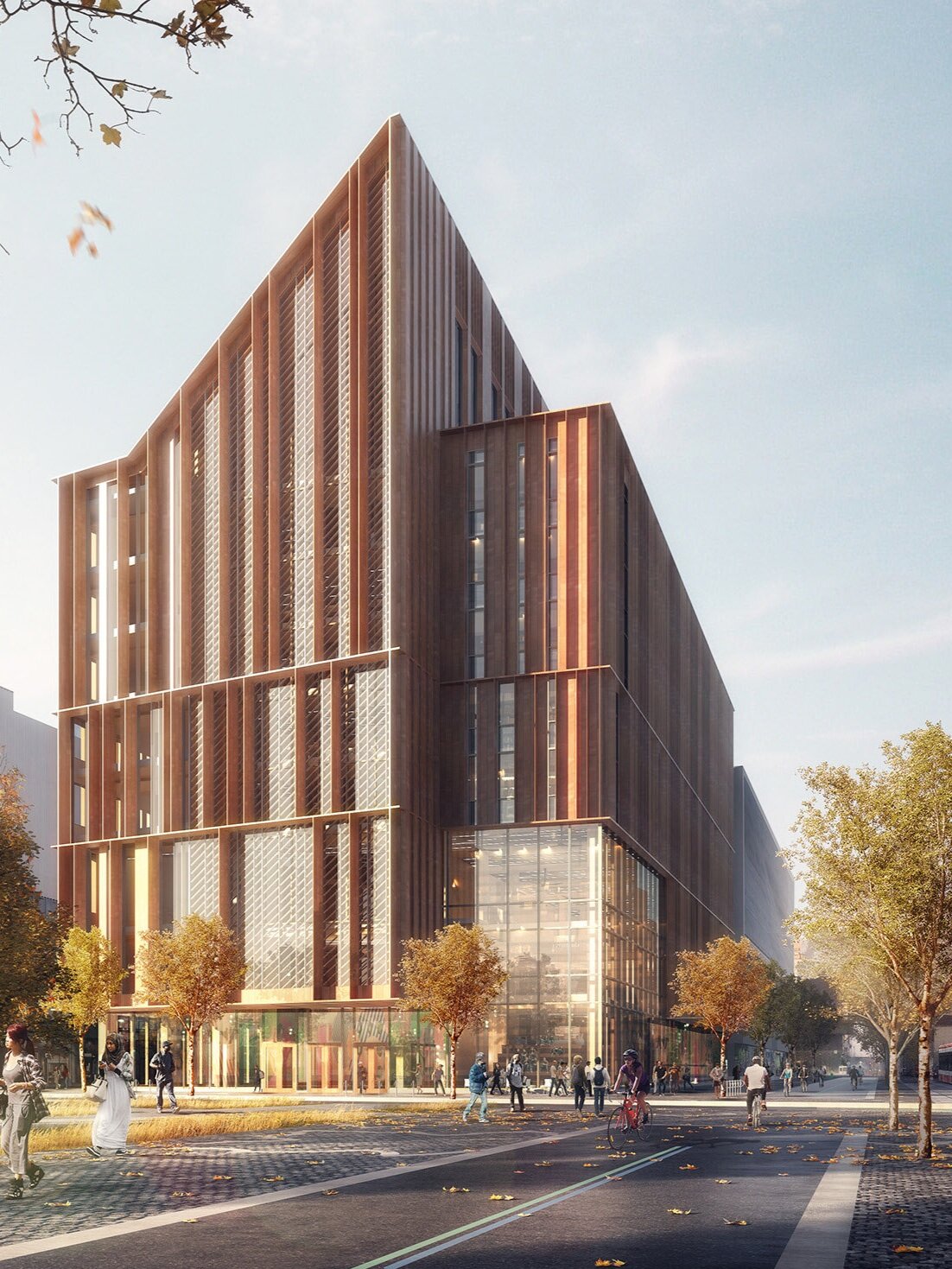Wood
If you browse any architectural website these days, one thing jumps out at you: wood. Natural wood seems to be everywhere. It’s not that it ever passed out of fashion, only that in this age of high-tech everything, it seems like a quaint anomaly.
Just today, scrolling through a popular architectural site I found houses in Southern California, China and Argentina, an automotive centre in Italy, and a spectacular cultural centre in Sweden all making conspicuous use of natural wood – as millwork, exterior cladding, interior finishes and structural components. “Conspicuous” might be the operable word, since warm-toned natural wood really does catch the eye – on a digital screen or in real life – in buildings, or on them.
Like many of the things we love, Canadians take wood for granted. Why wouldn’t we? According to 2017 government statistics, our country supports 347 million ha. of forests, containing about 47 billion cubic metres of wood1. To put it simply, for every person in Canada, there are nearly 9,000 trees.2
When the first Europeans arrived here, wood was an abundant building material, so a tradition of wood construction began. And it’s a tradition that is still going strong. Many architects practising today were schooled in the structural properties of wood balloon frame and post-and-beam before they ever had to deal with the mathematical complexities of concrete and steel. For residential construction, wood rafters, joists and studs were a structural mainstay. During the rebellious 1960s and ‘70s, log construction enjoyed a brief revival, in competition with rammed earth walls and geodesic domes.
As urban civilization grew, buildings increased in size and more reliable materials were favoured. But wood columns and beams with cast iron connectors were still a favourite structural system for 19th- and early 20th-century factories and warehouses, only to be gradually replaced by more modern materials: steel, concrete and hectares of glass.
In the feature of this issue, we take a look at the surprising resurgence of wood as a structural material and pay tribute to its predecessors.
THE RIGHT ANGLE wants to engage design professionals and the public in a dialogue about the things that truly matter in our environment. If you have a thoughtful opinion you would like to express, don’t hesitate to contact the editor at: editor@therightanglejournal.com
NOTES:
https://www.nrcan.gc.ca/forests/report/area/17601
http://greenblizzard.com/2015/09/30/how-many-trees-in-the-canada/



